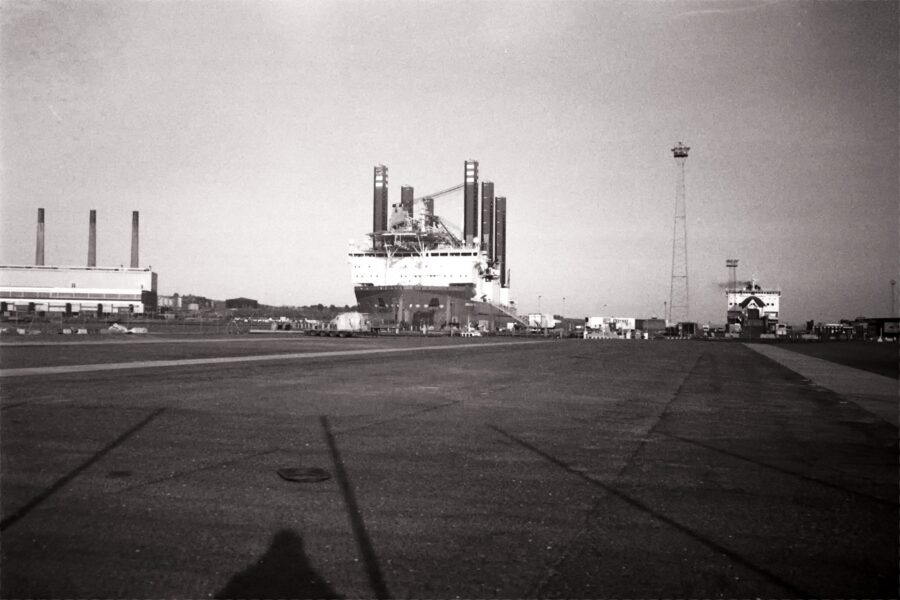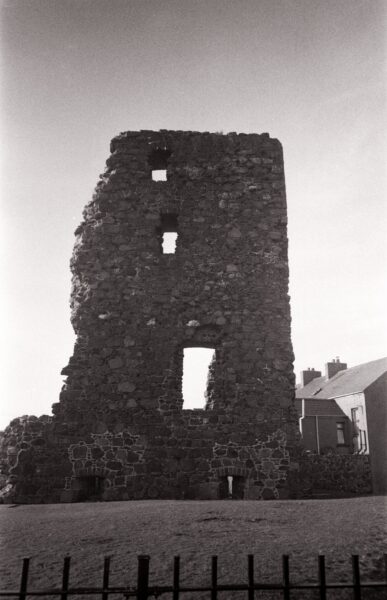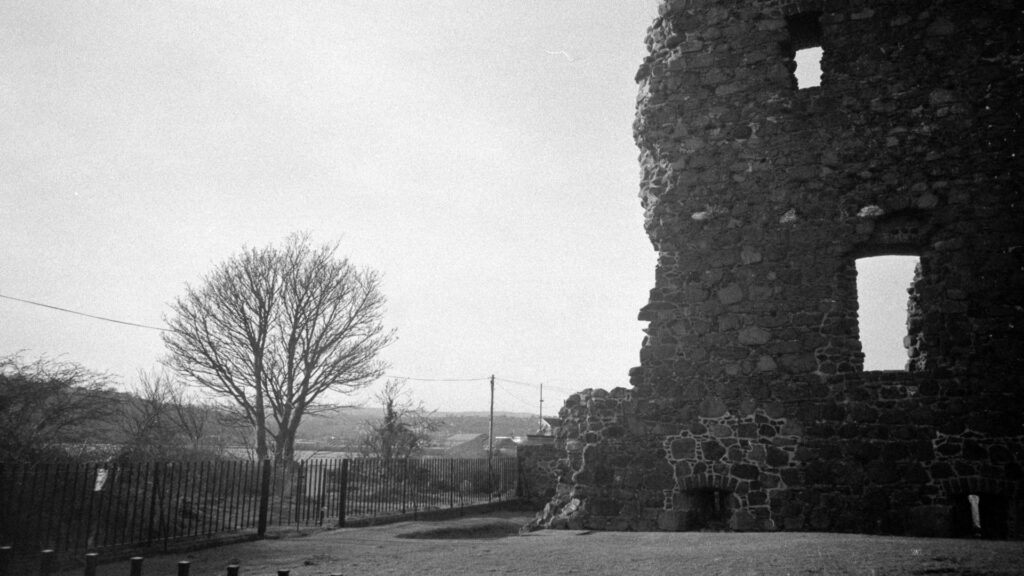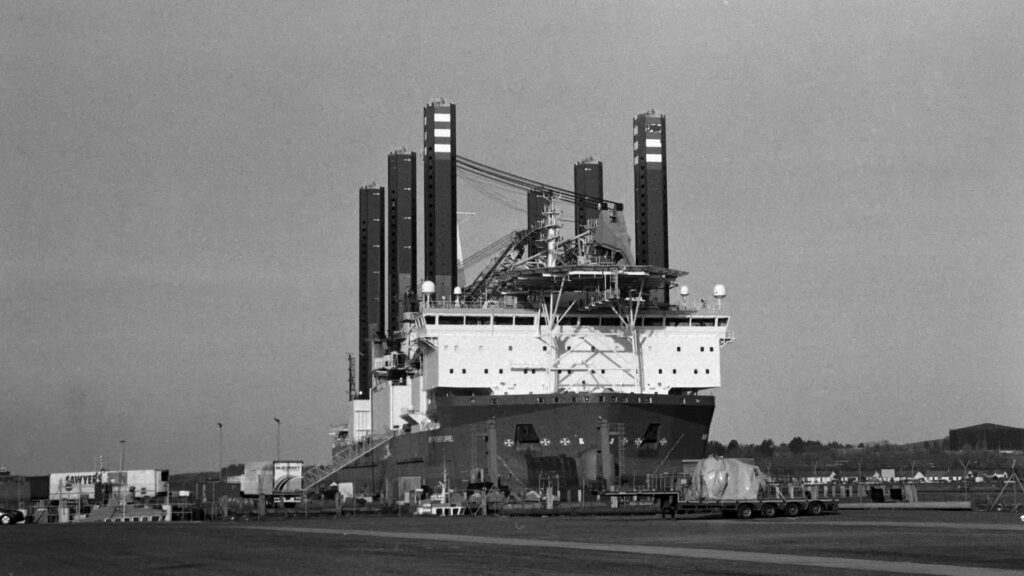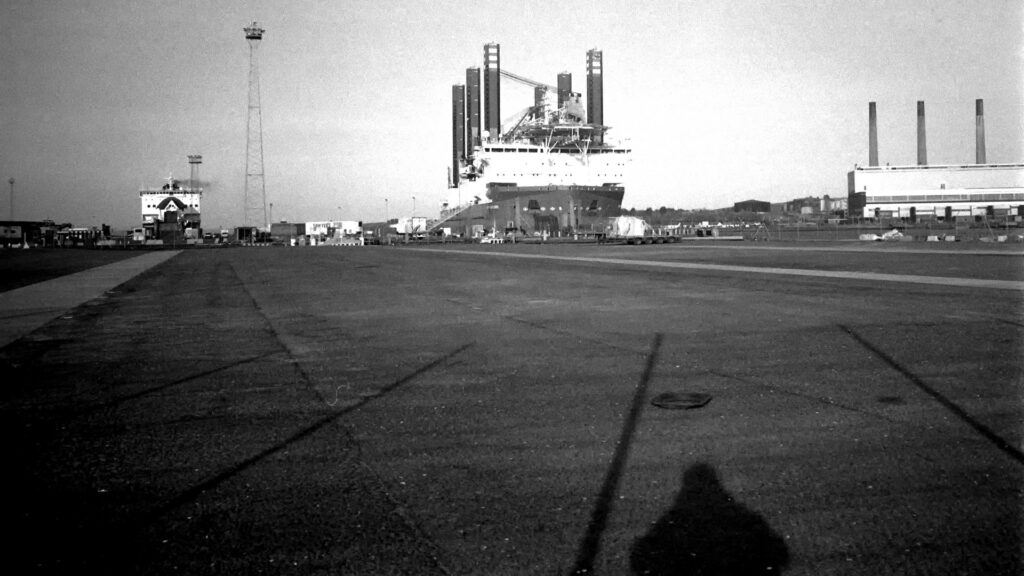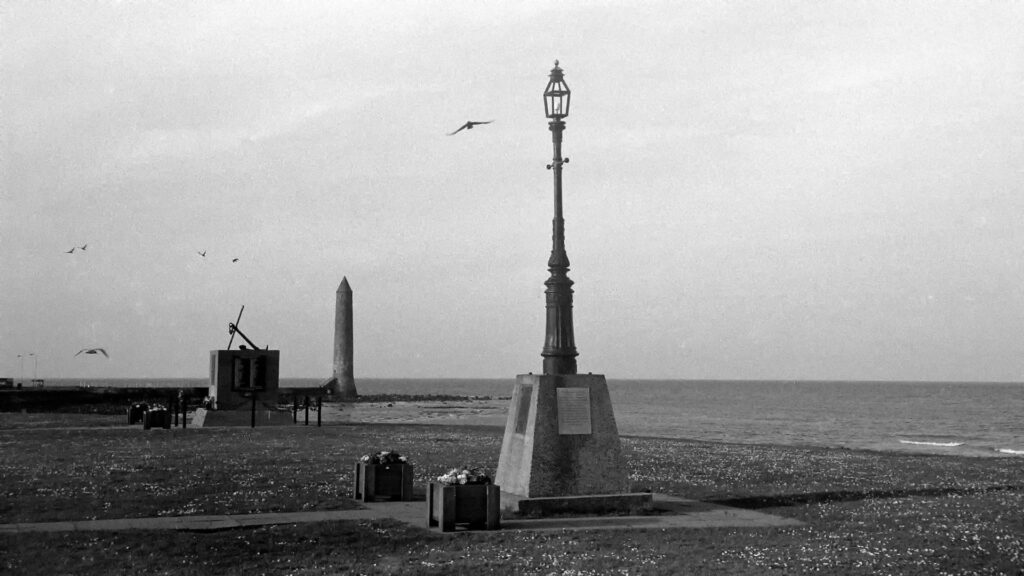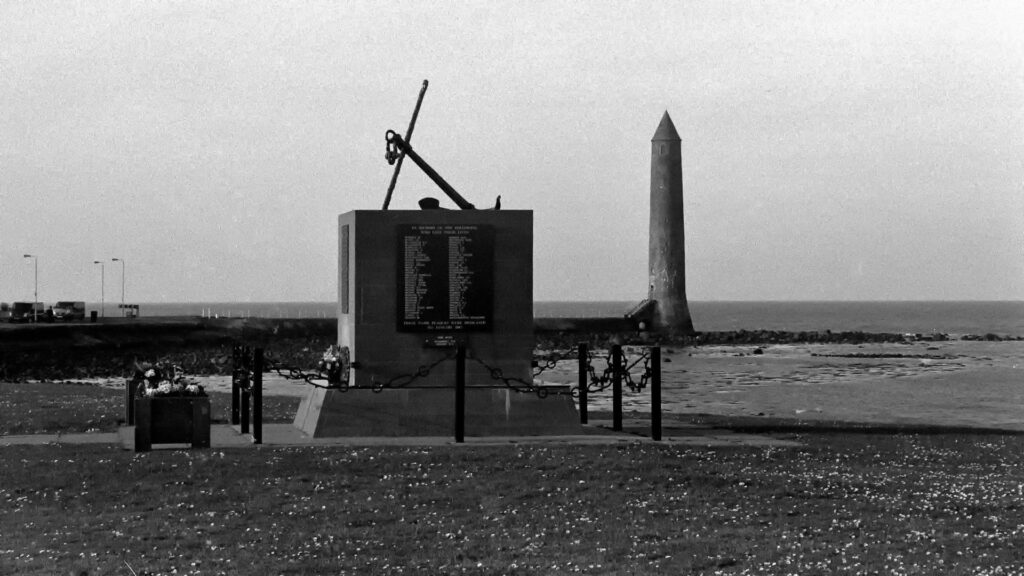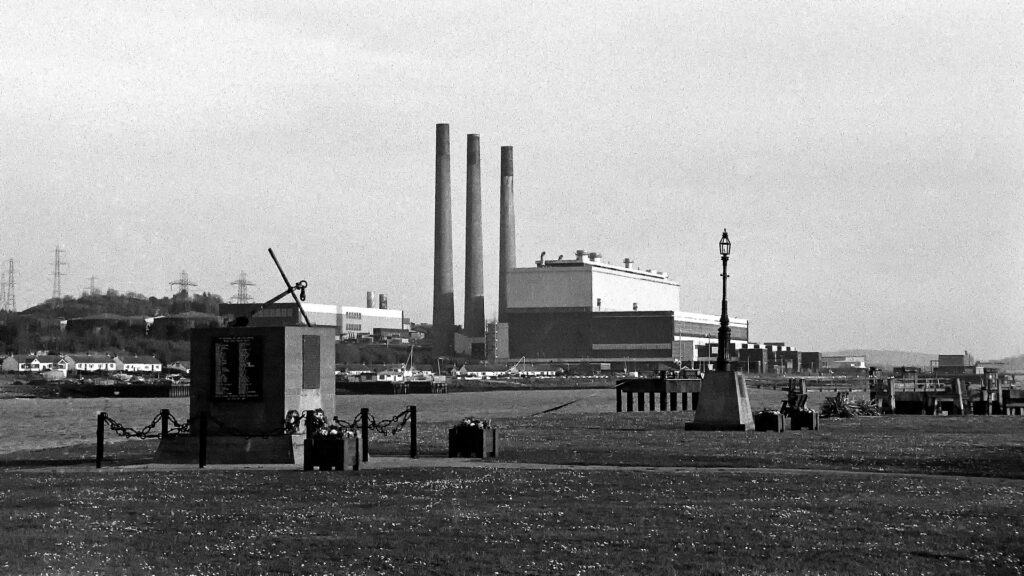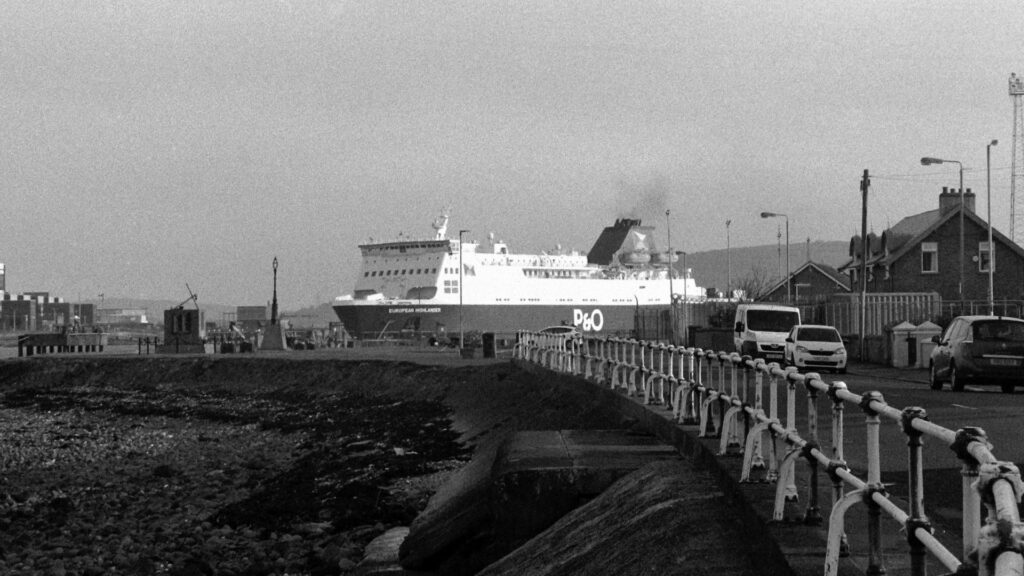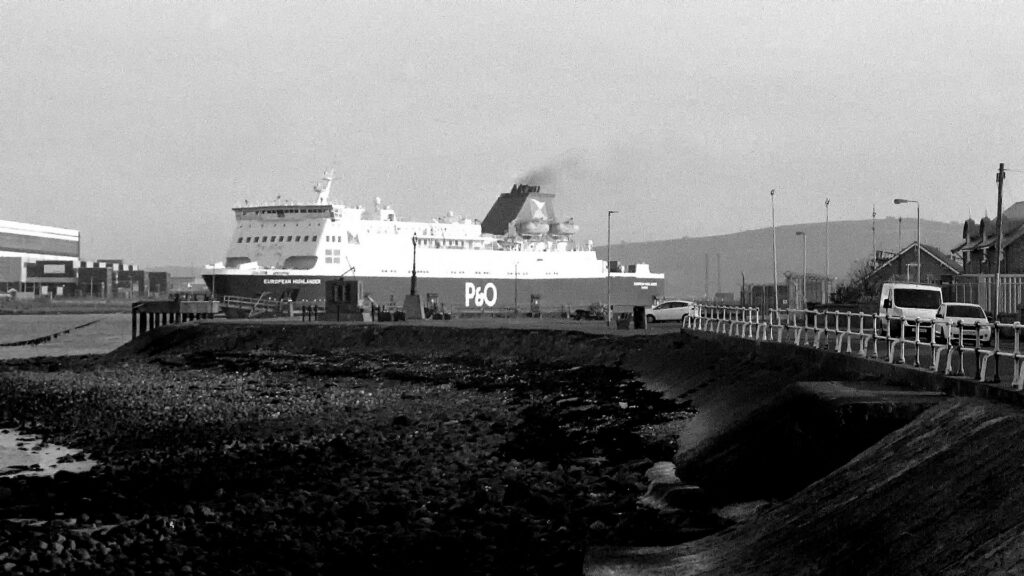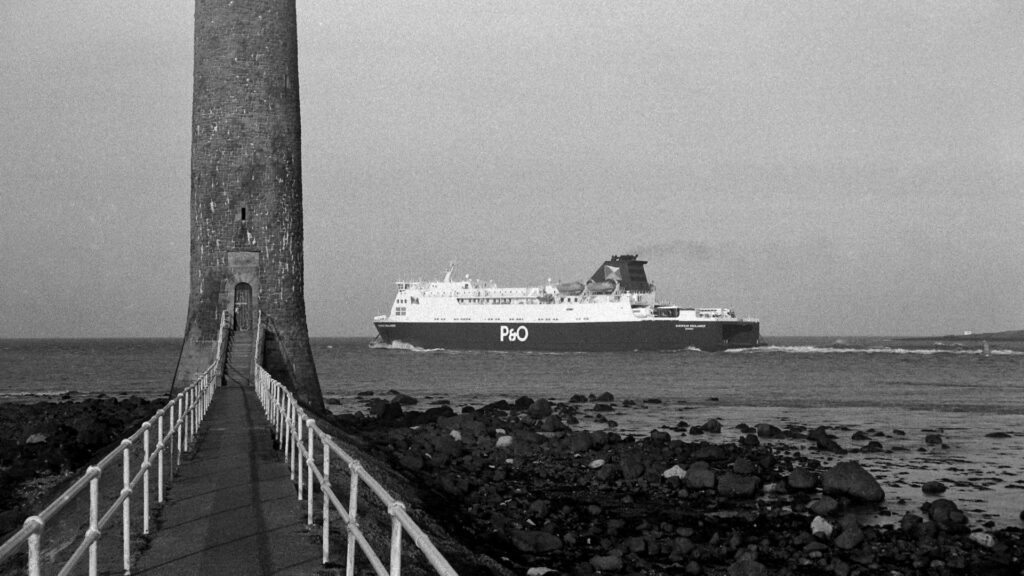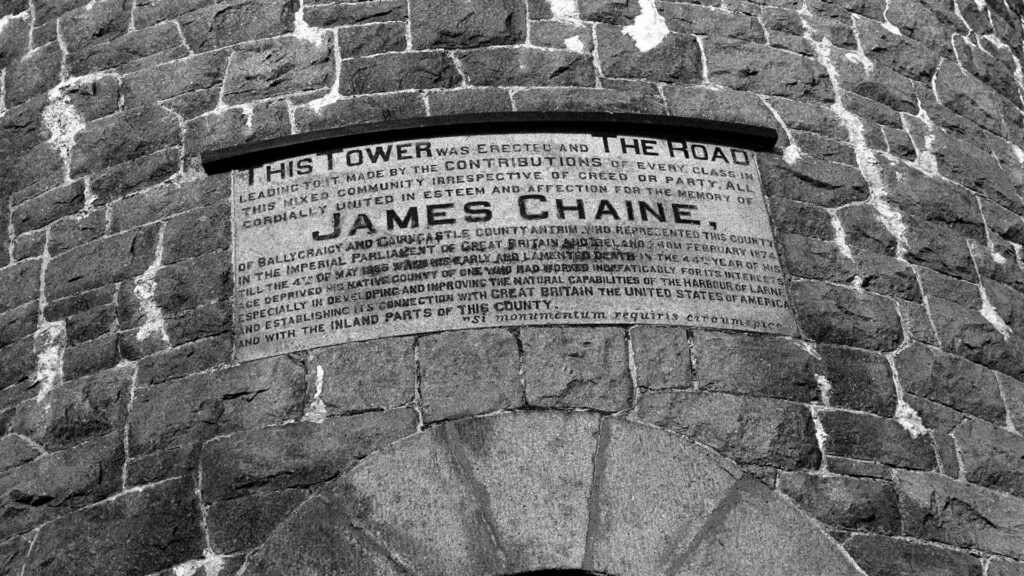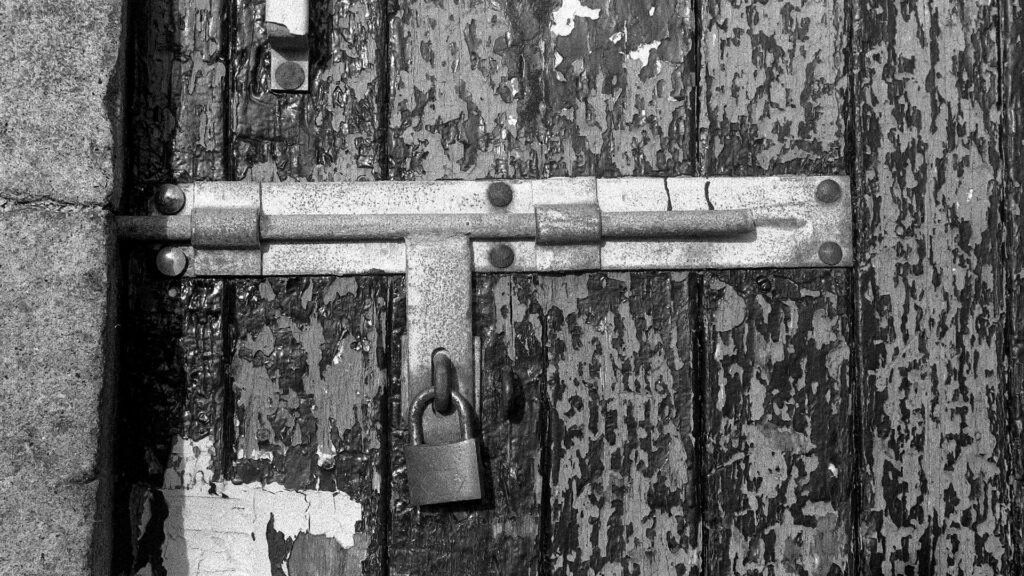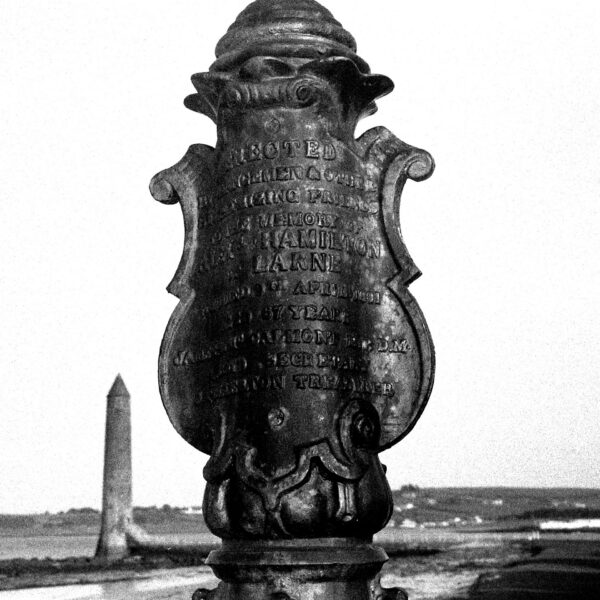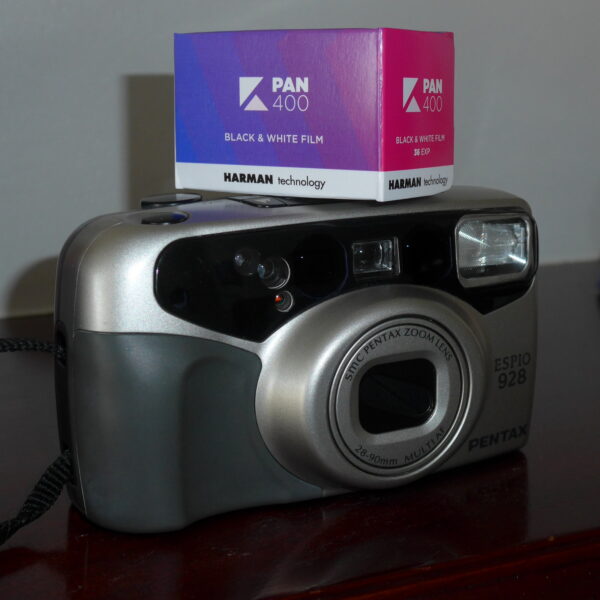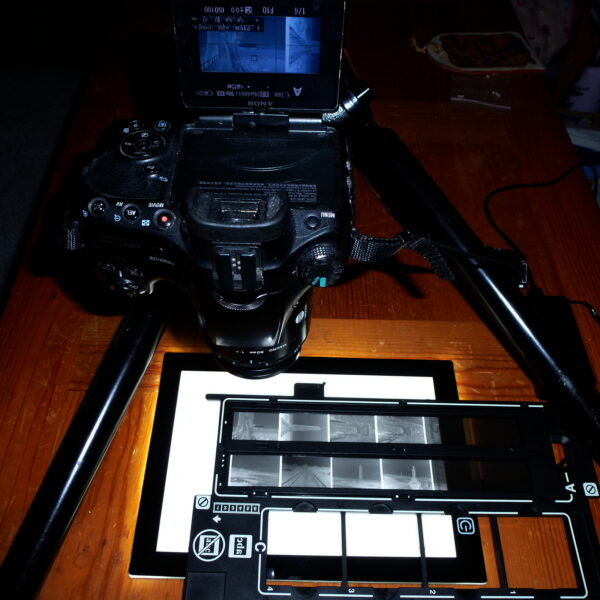This was my Zoom Compact camera in the late 1990s. Towards the end of the film era the previous generation of fixed focal range compact cameras gave way to the zoom compact due to consumer demand for a bit more reach, and indeed some wider angle coverage too. However doing this whilst keeping the camera small enough to be pocketable involved compromises in the lens designs with apertures at the telephoto end becoming very small.
Previous attempts at making cameras smaller had always involved some form of compromise. With the 1960s Instamatics, the 126 cartridge format had nice big negatives of 28x28mm and thus reasonable image quality, but it was not possible to get any sort of telephoto lens into a pocket camera with this negative size. Kodak introduced the 110 film format in 1972 which was a miniaturised version of the 126 cartridge based on 16mm film with a negative size of 13x17mm. Cameras could easily be made pocketable with a switchable Wide/Tele lens and there were even some Zooms. However quality on the 100 and 400 ISO films of the time was distinctly poor.
Kodak had another go at making an even smaller format in 1983 when they introduced the Disc film with its 10x8mm negatives. As part of the project they worked hard to get the best quality out of the tiny negative by producing a very fine-grained ISO 200 film and that became a standard addition to the whole range of films and the speed is standard to this day.
While Zoom compacts held onto the 35mm format, the reduction in lens aperture that this brought about meant that film technology needed to improve again and the out come was a generation of colour print films of 400 and even 800 ISOs that matched the quality of previous 100 ISO emulsions.
As an example of the type my Pentax Espio 928 has a 28-90mm lens with a maximum aperture of f3.5-9.0 and works well enough in daylight with ISO 400+ films, but it never was going to be a low-light shooter!
There’s a review here at 35mmc
The final picture in the Gallery shows my Sony A65V camera with 50mm Macro lens and light table being used to digitise the negatives.
